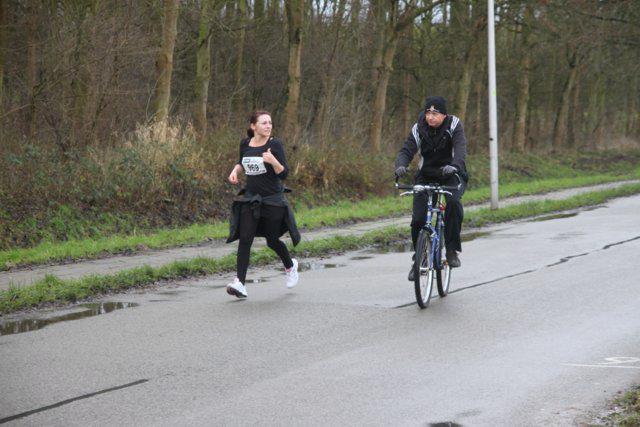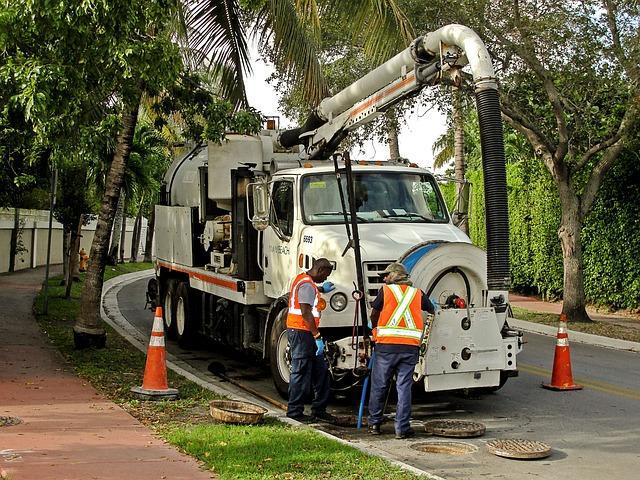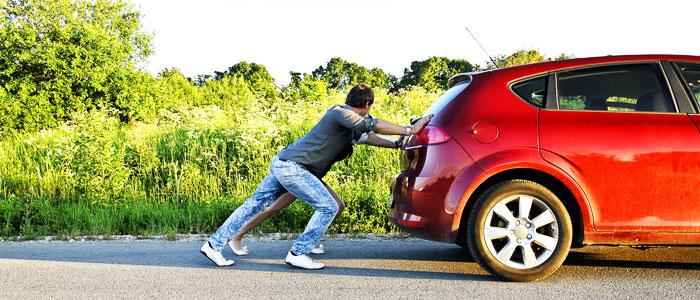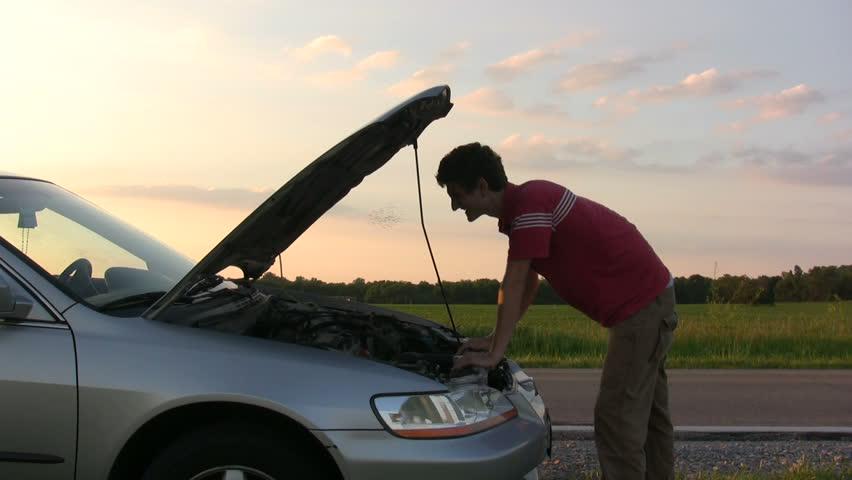| Code |
Attribute |
Definition |
Example |
| 1 |
Pedestrian |
Used for all pedestrians except for those in or on personal conveyances and in or on buildings. This attribute includes a person pushing a vehicle or being carried by another pedestrian. |
 |
| 2 |
Bicyclist |
Used for any person on a device composed of 2 wheels held in a frame one behind the other, propelled by foot pedals, and steered with handlebars attached to the front wheel. This includes those solely propelled by human power and those that can be propelled by human power and/or a motor. This includes all people (operator and passengers) on a bicycle and a person being pulled by a bicycle (e.g., in a wagon or bike trailer). |
 |
| 3 |
Skateboarder |
Used for any person on a wheeled device without handlebars or center column where the operator balances on a board. These devices have 2 trucks and at least 3 wheels and can be human powered or motorized. |
 |
| 4 |
Train/Trolley Passenger |
Used for any person who was a railway vehicle passenger at the time of the crash. A railway vehicle is described as any land vehicle that is (1) designed primarily for moving persons or property from one place to another on rails and (2) not in use on a land way other than a railway. This would include a motor vehicle (e.g. pickup truck) specially equipped to operate on rails when in use on a railway. |
 |
| 5 |
Roller Skater |
Used for any person wearing footwear with four wheels arranged side-by-side under each foot. These are human-powered and do not include a frame or handlebars. |
|
| 6 |
In-Line Skater |
Used for any person wearing footwear with four wheels arranged in a single line under each foot. These are human-powered and lack a frame or steering mechanism. |
 |
| 7 |
Non-Motorized Scooter Rider |
Used for any person operating a foot-powered scooter with a standing deck, handlebars, and two or more wheels, with no motor assistance. |
 |
| 8 |
Non-Motorized Wheelchair User |
Used for any person seated in a manually operated wheelchair with two large wheels and at least one smaller wheel, designed for personal mobility and not powered by a motor. |
 |
| 9 |
Motorized Bicyclist |
Used for any person operating a two-wheeled vehicle equipped with both pedals and a motor, capable of being powered by either or both. Includes e-bikes and mopeds. |
 |
| 10 |
Hand Cyclist |
Used for any person operating a human-powered cycle propelled by hand cranks instead of foot pedals, typically with three wheels and used in a seated or reclined position. |
 |
| 11 |
Tricyclist |
Used for any person riding a three-wheeled cycle that is human-powered and includes a seat and pedals, with one or two wheels in the rear and one or two in the front. |
 |
| 12 |
Motorized Scooter Rider |
Used for any person on a wheeled device with a center column and handlebar where the operator can stand on a foot platform. These devices may or may not have a permanent or removable posted seat. These devices have at least two wheels and can be human powered or motorized. These devices are not designed specifically for assisted mobility. |
 |
| 13 |
Electric Personal Assistive Mobility Device User |
Used for any person on a device designed primarily for use by a person with a mobility disability for the main purpose of indoor or of both indoor and outdoor locomotion and includes both human and motor-powered devices. Some resemble 3-wheeled scooters; others small 4-wheel carts; still others look like typical human-powered wheelchairs. |
 |
| 14 |
Horse Rider |
Used for any person mounted on a horse used for travel or transport on or along a roadway, shoulder, or adjacent area. |
 |
| 15 |
Horse-drawn Carriage Driver |
Used for any person operating a device being drawn by an animal (e.g., wagon, carriage, sleigh). |
 |
| 16 |
Farm Equipment Operator |
Used for any person operating agricultural machinery (e.g., tractor, combine) on a roadway, shoulder, or adjacent area, typically for farming purposes and not general transportation. |
 |
| 17 |
Other Micromobility Device User |
Used to indicate a user of a micromobility device that does not fit into the previous categories. |
 |
| 18 |
Utility Worker – Outside of vehicle |
Used for any person engaged in installation, maintenance, or inspection of utility infrastructure (e.g., power, water, telecommunications) while outside of a motor vehicle and within the roadway or right-of-way. |
 |
| 19 |
Roadway Worker – Outside of vehicle |
Used for any person performing construction, maintenance, or inspection activities on or adjacent to a roadway while outside of a vehicle. Includes flaggers, surveyors, and paving crew. |
 |
| 20 |
Emergency Responder – Outside of vehicle |
Used for any law enforcement personnel, firefighter, EMS personnel, or other emergency responder who is outside of a vehicle and engaged in official duties on or near a roadway. |
 |
| 97 |
Other |
This attribute is used for a variable that is not addressed by the previous attribute
options. If this attribute is used, explanation in the narrative is recommended. |
|
| 99 |
Unknown |
This attribute is used when it cannot be determined which attribute describes the Vulnerable User at the time they became involved in the crash. An example would be if it is unknown whether the person was on foot or on a skateboard at the time they were struck. |
|






